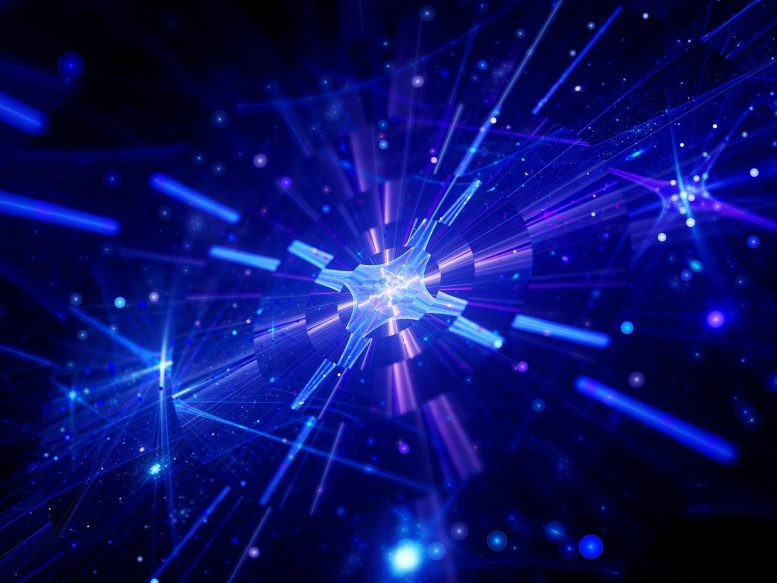
The Hall effect was discovered by Edwin Hall in 1879.
The search for next-generation memory storage devices unravels a physics mystery.
A multinational group of scientists has made progress in the use of antiferromagnetic materials in memory storage devices.
Antiferromagnets are materials with an internal magnetic field induced by electron spin but virtually no external magnetic field. Since there is no external (or “long-range”) magnetic field, the data units, or bits, may be packed more densely inside the material, making them potentially useful for data storage.
The ferromagnets commonly utilized in typical magnetic memory devices are the opposite. These devices do have long-range magnetic fields produced by the bits that prevent them from being packed too tightly together since otherwise they would interact.
The Hall effect, which is a voltage that appears perpendicular to the applied current direction, is the property that is measured to read out an antiferromagnetic bit. The Hall voltage changes sign when all of the spins in the antiferromagnet are flipped. As a result, one sign of the Hall voltage equates to a ‘1’ and the other sign corresponds to a ‘0’ – the fundamental unit of binary coding utilized in all computer systems.
Although scientists have long known about the Hall effect in ferromagnetic materials, the effect in antiferromagnets has just recently been recognized and is still poorly understood.
A team of researchers at the University of Tokyo, in Japan, Cornell and Johns Hopkins Universities in the USA, and the University of Birmingham in the UK have suggested an explanation for the ‘Hall effect’ in a Weyl antiferromagnet (Mn3Sn), a material which has a particularly strong spontaneous Hall effect.
Their results, published in Nature Physics, have implications for both ferromagnets and antiferromagnets – and therefore for next-generation memory storage devices overall.
Mn3Sn piqued the researchers’ attention since it is not a perfect antiferromagnet but does have a weak external magnetic field. The researchers sought to know whether the Hall effect was caused by this weak magnetic field.
The scientists employed a device designed by Doctor Clifford Hicks of the University of Birmingham, who is also a co-author of the study, in their experiment. The device may be used to provide a variable amount of stress to the material being tested. The researchers discovered that by applying this stress to this Weyl antiferromagnet, the residual external magnetic field increased.
If the magnetic field were driving the Hall effect, there would be a corresponding effect on the voltage across the material. The researchers showed that, in fact, the voltage does not change substantially, proving that the magnetic field is not important. Instead, they concluded, that the arrangement of spinning electrons within the material is responsible for the Hall effect.
Clifford Hicks, a co-author of the paper at the University of Birmingham, said: “These experiments prove that the Hall effect is caused by the quantum interactions between conduction electrons and their spins. The findings are important for understanding – and improving – magnetic memory technology.”
Reference: “Piezomagnetic switching of the anomalous Hall effect in an antiferromagnet at room temperature” by M. Ikhlas, S. Dasgupta, F. Theuss, T. Higo, Shunichiro Kittaka, B. J. Ramshaw, O. Tchernyshyov, C. W. Hicks, and S. Nakatsuji, 18 August 2022, Nature Physics.
DOI: 10.1038/s41567-022-01645-5


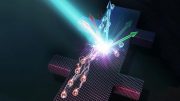
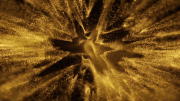
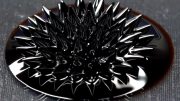
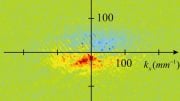
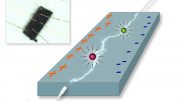
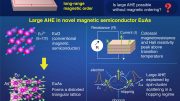

1. Topological vortex and anti-vortex field pairs generate or annihilate at the limit points, and encounter, split or merge at the bifurcation points of the 3-dimensional vector order parameter. They can form unstable point defects system.
2. The most raw field and interaction in the universe can be written in terms of the topological vortex and anti-vortex field pairs.
3. The gravitation that comes from the topological vortex and anti-vortex field pairs is the beginning of all things, and is the most raw power for maintaining and connecting the world.
4. The unified field theory can be written in terms of the interaction for topological vortex and anti-vortex field pairs that is topological vortex and anti-vortex field = matter and anti-matter = monopole particles = graviton.